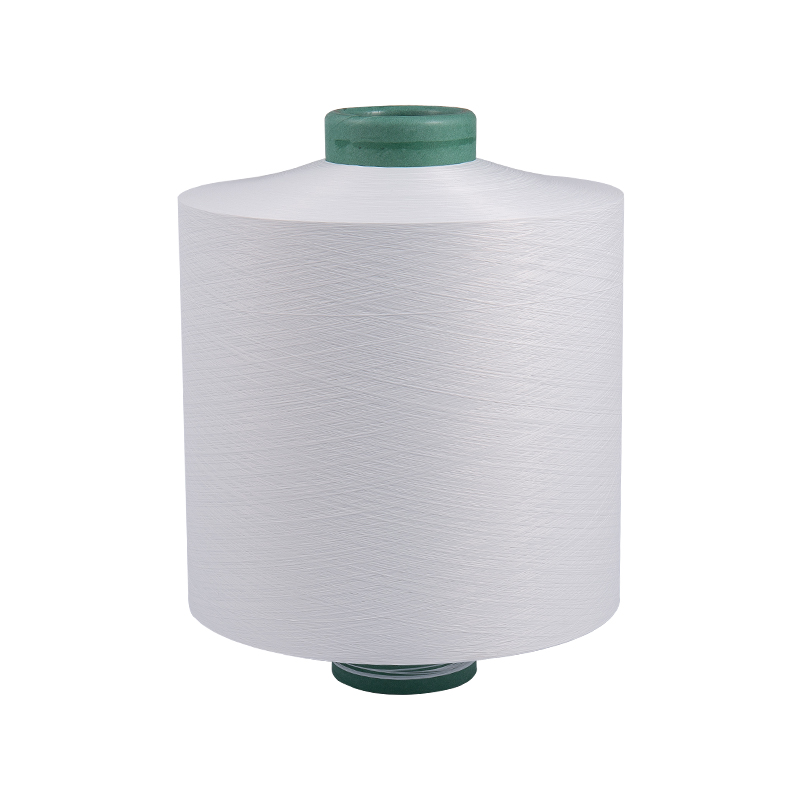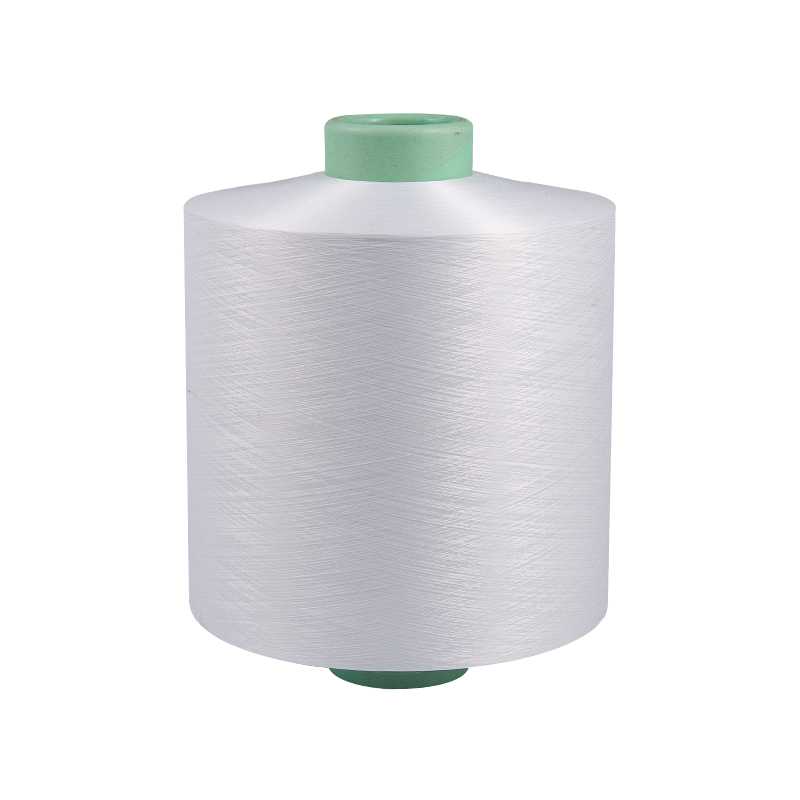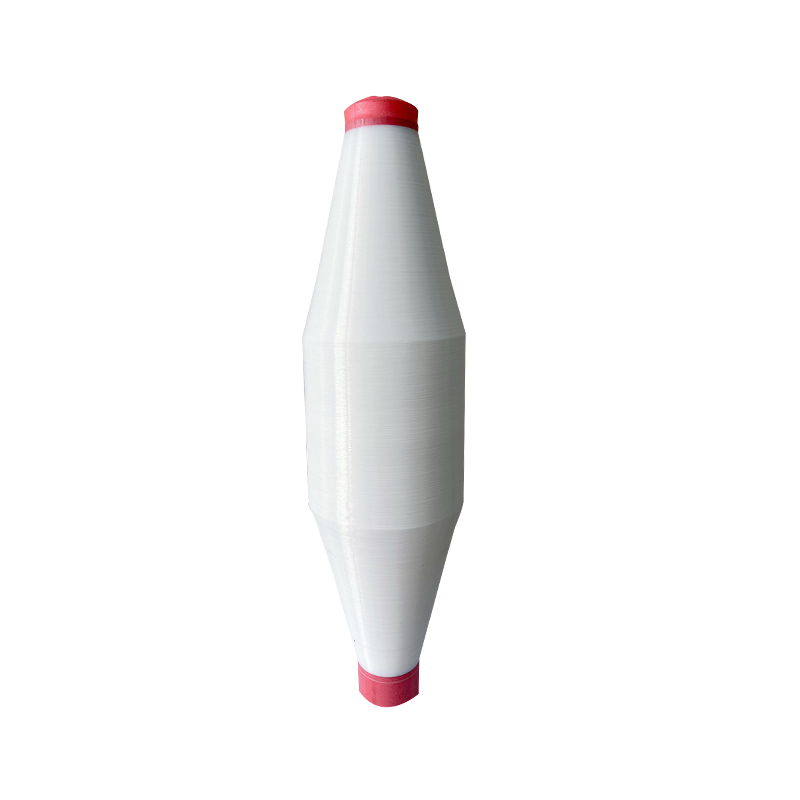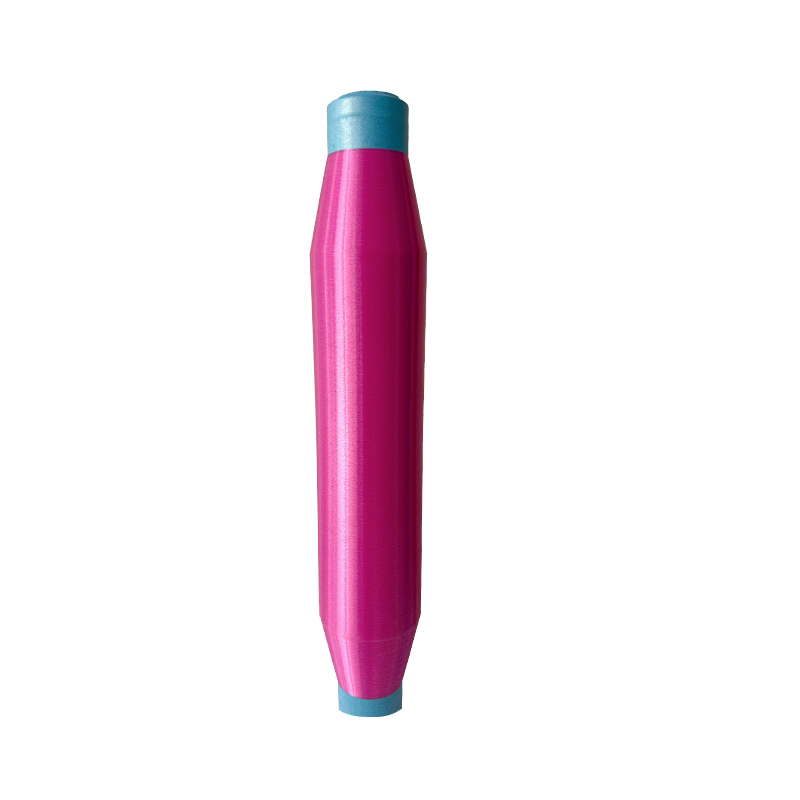How does the filament cross-section and draw ratio influence the surface gloss and tensile properties of glossy polyester DTY?
2025-06-06
The filament cross-section and draw ratio are two fundamental parameters in the manufacturing of glossy polyester DTY (Draw Textured Yarn), and both exert a significant influence on the surface gloss and tensile properties of the final yarn. In the textile industry, particularly in high-performance and fashion applications, achieving the right balance between visual aesthetics and mechanical behavior is crucial. Glossiness determines the surface reflectivity and perceived luster of the fabric, while tensile properties influence how the material performs under stress, deformation, and wear. The interplay of filament geometry and drawing conditions is at the heart of this optimization.
First, the filament cross-section refers to the geometric shape of each individual filament in the yarn bundle. While conventional polyester fibers may have a round or trilobal cross-section, glossy DTY often employs multilobal or trilobal cross-sections to maximize the reflection of light off the fiber surface. Trilobal fibers, with their three-pointed star shape, present multiple angled surfaces that reflect and scatter light, giving the yarn a brighter, shinier appearance compared to round fibers. The angular geometry helps create high specular reflection, which enhances the perceived gloss when viewed under light. In contrast, full-dull or matte fibers typically have rougher, irregular surfaces or use additives like titanium dioxide to scatter light diffusely and reduce luster.
In addition to enhancing gloss, filament shape can also influence mechanical interaction between fibers in a bundle. Multilobal fibers may exhibit increased inter-fiber friction, which can enhance cohesion during yarn formation and influence the tactile feel of the final fabric. However, this same friction can also lead to greater fiber-fiber abrasion over time, which may impact the long-term surface appearance if not controlled with proper finishing.
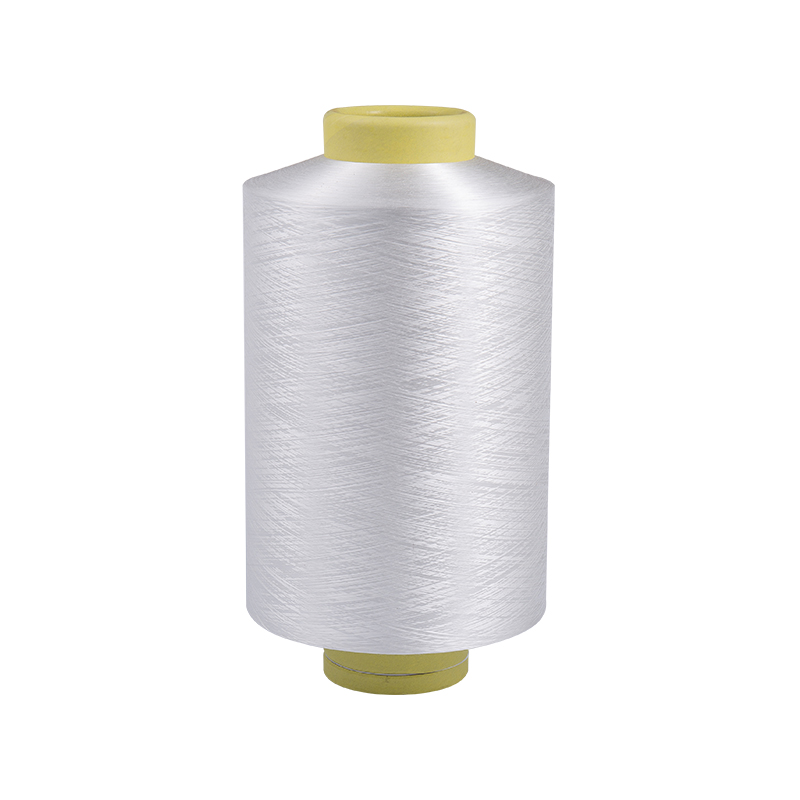
Next, the draw ratio—the ratio of the yarn’s final length to its original length before drawing—is another critical factor. During the draw-texturing process, partially oriented yarn (POY) is stretched to align the polymer chains, increase crystallinity, and impart elasticity. The draw ratio directly affects the molecular orientation and crystallinity of the polyester, which in turn governs the yarn's tensile strength, elongation at break, and modulus.
A higher draw ratio results in greater molecular alignment along the fiber axis, improving tensile strength and reducing elongation. This makes the yarn stronger and more dimensionally stable. However, excessive drawing can cause the surface of the fiber to become smoother and more oriented, which may reduce gloss in some cases due to reduced surface scattering. On the other hand, a lower draw ratio results in lower molecular orientation and more amorphous regions, which increases elongation but reduces strength. In terms of gloss, a lower draw ratio may preserve more surface irregularities, which can scatter light more effectively and increase apparent shine—but it may also produce less durable yarns.
The relationship between draw ratio and gloss also depends on thermal settings during texturing. Heat influences how the polymer chains relax and reorient during and after drawing. When combined with controlled false-twist texturing, the draw ratio determines how much bulk and surface texture is introduced, which can enhance or dull gloss depending on the specific mechanical treatment. In glossy polyester DTY, the goal is typically to apply a draw ratio high enough to produce strong, low-elongation yarn while maintaining a filament surface that can still reflect light effectively.
Moreover, processing consistency is key. Even slight variations in draw ratio across production batches can lead to differences in surface finish, gloss uniformity, and mechanical performance, which are highly noticeable in applications like outerwear or decorative textiles. Manufacturers often rely on optical inspection, gloss meters, and tensile testing to monitor these variations and maintain strict quality control.
The filament cross-section and draw ratio are interdependent factors that must be carefully balanced to achieve desired gloss and tensile performance in glossy polyester DTY. Trilobal or multilobal cross-sections are favored for enhancing luster through geometric light reflection, while the draw ratio fine-tunes the fiber’s internal structure and surface smoothness. A high draw ratio improves strength and durability, but may require precise adjustments to avoid compromising the glossy surface. Achieving the optimal combination is a matter of aligning functional performance requirements with visual aesthetics, which is especially important in fashion-forward, high-quality textile applications.




 English
English 中文简体
中文简体 Español
Español عربى
عربى

